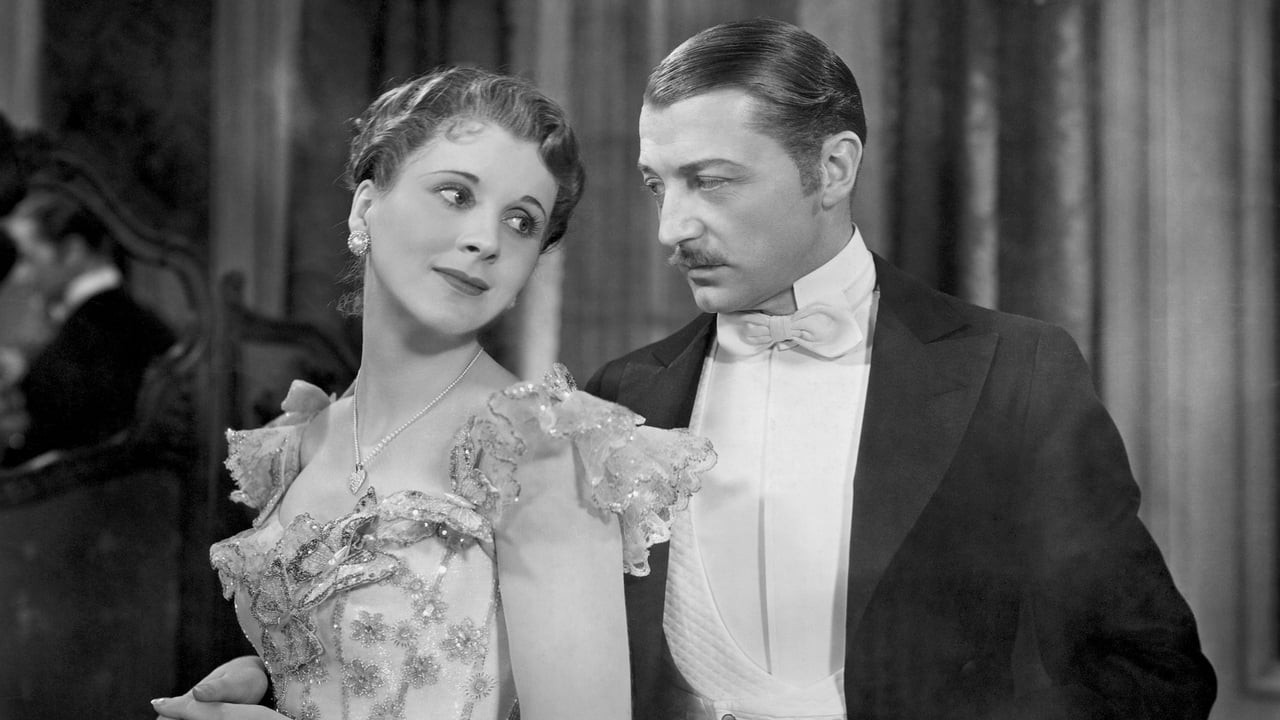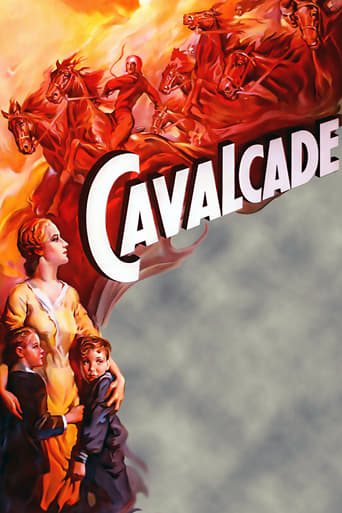

Masterful Movie
... View MoreGood concept, poorly executed.
... View MoreBrilliant and touching
... View MoreNot sure how, but this is easily one of the best movies all summer. Multiple levels of funny, never takes itself seriously, super colorful, and creative.
... View MoreA cavalcade of English life from New Year's Eve 1899 until 1933 seen through the eyes of well-to-do Londoners Jane and Robert Marryot. Amongst events touching their family are the Boer War, the death of Queen Victoria, the sinking of the Titanic and the Great War.The film was one of the first to use the words "damn" and "hell", as in "Hell of a lot". These had been used in the play. There was concern at the Hays Office that this could set a precedent. Fox president Sidney Kent was quoted saying the mild profanity "could not offend any person; and, after all, that was the real purpose of the Code. And as far as the use creating a precedent which might be followed by other producers is concerned, the best answer would be that anyone who could make a picture as good as Cavalcade might be justified in following the precedent." Some of the early Best Picture winners are really duds in retrospect. Looking back now (2016) they are bland, or aged poorly, or are sometimes musicals that just no longer impress. "Cavalcade" is a rare exception in that it seems like it has not aged one bit. The years go by, and we watch the events fly by with the characters, and it is somewhat timeless. We see how the 1900s were viewed from the 1930s, and I wonder now how much films like this continued to affect our view. We no longer talk about the Boer War, but even re-assessing history it seems our focus has never changed.
... View MoreCALVACADE "1933"Calvacade needs to be a necessary film for anyone into film history. Starting off with a Vaudville story-line it quickly becomes a lesson in film and screenplay history. Originally a story by Noel Coward, the screenplay is sharp and directive. Scenes are well-thought out and dialogue becomes a crucial focus. The performances age with all the makeup, but it's charming. I'd watch it again. Many times.TCM brings it again. Highly recommended.
... View MoreA cavalcade of British history flashes past the eyes of a prosperous London family and their domestics during a fairly interesting two-hour melodrama that presages both "Upstairs, Downstairs" and "Downton Abbey." From the Boer War to the death of Queen Victoria, the sinking of the Titanic and World War I, Jane and Robert Marryot watch their sons grow up and become romantically involved, watch men march off to war, watch their servants leave and go into business, watch British society change. As the Marryots, Diana Wynyard and Clive Brook have the required stiff upper lips; unfortunately the stiffness extends to other body parts in performances more suited to the stage than film. "Cavalcade" began life as a Noel Coward play, and director Frank Lloyd's adaptation often betrays its stage origins, especially when characters look past the proscenium and deliver their lines to the audience. Despite three Academy Awards, including the sixth ever awarded for best picture, "Cavalcade" betrays its age and fails to merit classic status.Although an Oscar went to art director William S. Darling, the production's limited budget shows in a lack of spectacle, despite numerous opportunities. Queen Victoria's funeral is reflected in the family's faces as they watch from a balcony. The Titanic is a white life ring emblazoned with the ill-fated ship's name. However, an extended montage of images and sounds effectively depicts World War I, a technique later reused with less effect to depict the social upheaval of the 1920's. During the brief scandalous 1920's episode, historians of gay film will note a nightclub scene that includes a Lesbian couple and two gay men, one fitting a bracelet on the other's wrist. While the images pass without comment, the intent seems to underscore an anything-goes depravity, at least in the eyes of the Marryots. However, Mrs. Marryot clearly illustrates the social changes underway when she pulls out a cigarette and even lights up in public. But, despite her personal liberation, she remains a social conservative and cannot cope with a marriage between her son and the daughter of her former domestic.While they make a valiant attempt, the upstairs actors fail to make deep impressions; they are manikins mouthing lines and depicting a social class, rather than flesh-and-blood characters. Wynyard rarely shows emotion and often stares off into space; Brook acts the English stereotype, complete with facial hair; the sons are bland and colorless. The downstairs performers fare better, led by the always entertaining Una O'Connor as the brash domestic, Ellen Bridges, and by Herbert Mundin as her husband. The colorful duo are perhaps a bit over the top, but their performances add life and, unlike the upstairs residents, their characters develop over time. Film buffs will spot a young Bonita Granville as Fanny, the Bridges's daughter. At the conclusion of "Cavalcade," the aging Marryots, tastefully powdered to suggest age, toast Britain's future on the eve of the New Year 1933, which was not only the year of the film's release, but also the year Hitler rose to power. If the oh-so-proper couple thought the prior three decades had been tumultuous, they had not seen anything yet. However, despite the film's over use of "Auld Lang Syne," viewers may be reluctant to share the Marryot's company more than once
... View MoreOutstanding Oscar-winning film of 1933 dealing with history from the Boer War of 1899, World War 1 and the period of the 1920s afterward.All this is scene through the eyes of 2 families caught up in the tragedies of the various periods.Diana Wynyard was outstanding as the mother who lost 2 sons but grew to be old with a stiff upper lip, so valiant of the English during the two World Wars.World War 1 is carried through the movie in an excellent way by playing the popular tunes associated with that period.Una O'Connor is terrific as the maid, whose daughter made it big in show business.The film is a great one dealing with moral decadence and the social problems after the first world war.It well deserved to win the Oscar as best picture of 1932-33 and Miss Wynyard, who lost the award, should have really been considered more.
... View More